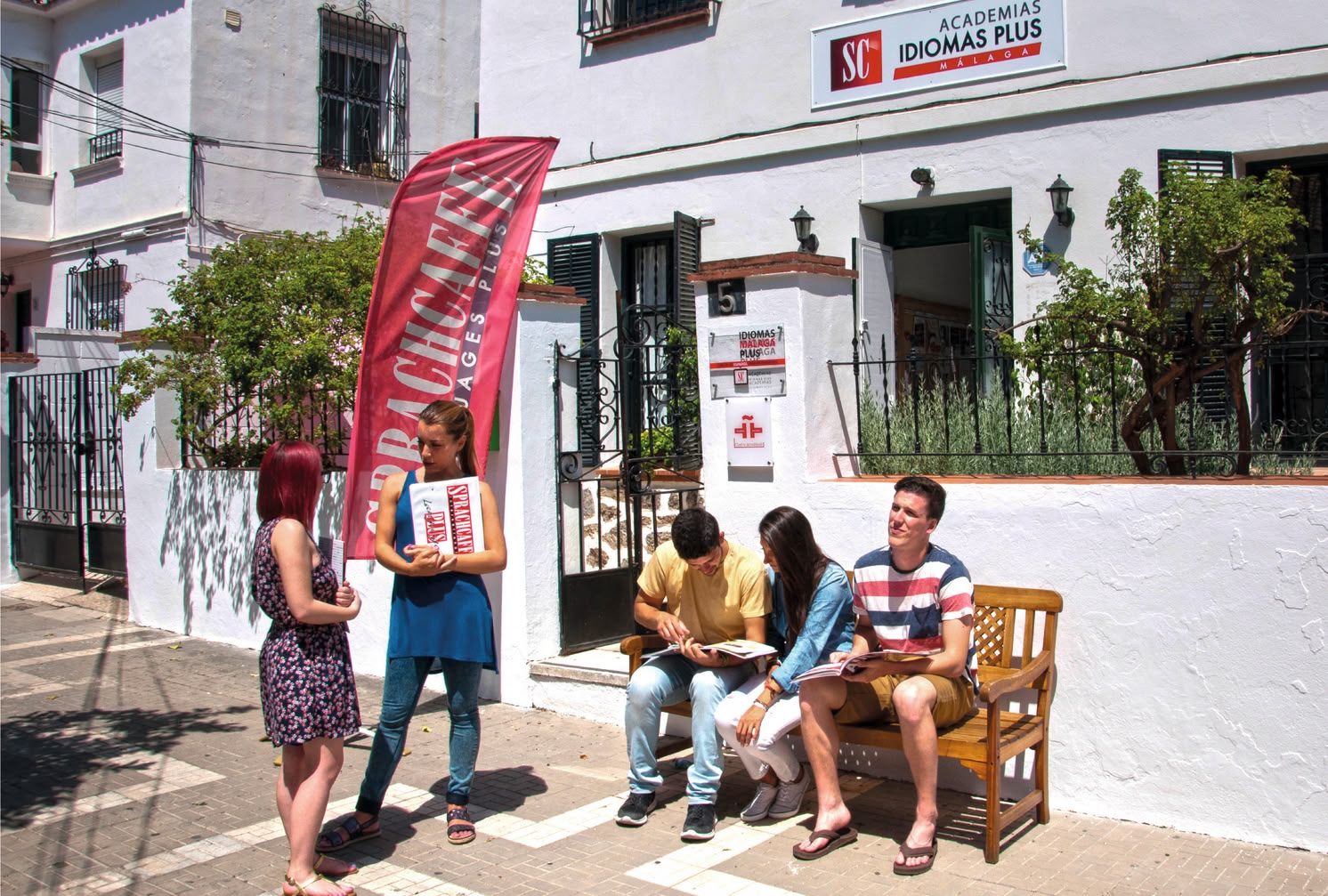
Present simple or present indicative
Learn here how to correctly use the present simple tense in Spanish.
To the page »The present tense in Spanish is one of the most commonly used verb tenses to express actions occurring in the present moment or in general, habitual situations or actions planned in the near future. In the present tense, verb forms vary depending on the subject pronoun and the type of verb (regular or irregular).
The present tense in Spanish is fundamental for communicating events and situations that occur in the present and for talking about habits and routines. It is an essential element in sentence construction and in everyday communication in Spanish.
In Spanish, there are three main types of present tense: the present simple (or present indicative), the present continuous (or present progressive), and the present perfect. Each of these verb tenses has different uses and characteristics. The present tenses in Spanish are practically the most commonly used verb tenses in the language. They are used to describe actions that are occurring at the moment of speaking, situations that are habitual, general truths or events planned in the near future. They are essential verb tenses that allow us to communicate relevant information in the present.
To form the different present tenses in Spanish, different verb endings are used depending on their conjugation. Regular verbs follow predictable patterns, while irregular verbs have particular forms. It is important to note that in Spanish, as in other languages, verb tenses can have additional nuances and uses, but these three present tenses are the main ones used to describe actions and situations in the present moment or in the near-present context.
The present simple is a verb tense used to express actions that occur regularly, general truths or situations that are occurring at the present moment. It is formed from the infinitive stem of the verb for all persons, except for the third person singular, where there may be changes in the verb ending, depending on the type of verb. Like all Spanish verb tenses, here we will find regular and irregular verbs.

Learn here how to correctly use the present simple tense in Spanish.
To the page »How does a language vacation in Malaga, Madrid, Barcelona or Havana sound? All these dream destinations with a Spanish language package is the perfect combination to enjoy your longed-for vacation.

Do you have doubts about the present continuous in Spanish? Here we solve them for you
More information »The present progressive, also known as the present continuous, is a verb tense in Spanish used to describe actions that are occurring at the moment of speaking. It is formed by combining the verb "estar" in the present tense with the gerund of the main verb.
It is important to remember that the present continuous refers to actions that are in progress and not to habitual actions or general truths. To express the latter, the present simple is used.
The present perfect tense is a verb tense used to describe actions or events that have occurred in the recent past and that have some relevance or connection to the present. Unlike the simple past tense, the present perfect emphasizes the relationship between the past and the present moment, as it is used to talk about experiences that continue to have implications or consequences in the present.

Here you will learn all about the past tense in Spanish.
To the page »
Take a language trip to Spain or Cuba with Sprachcaffe.
More information »
Learn Spanish from the comfort of your home with an online course.
More information »